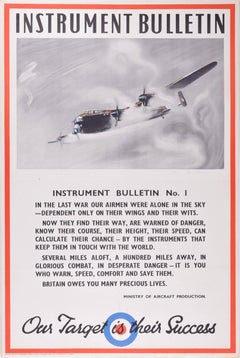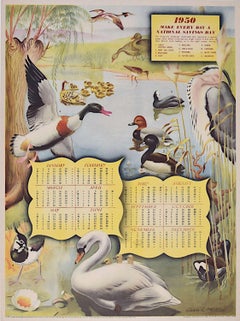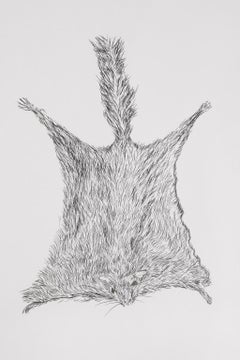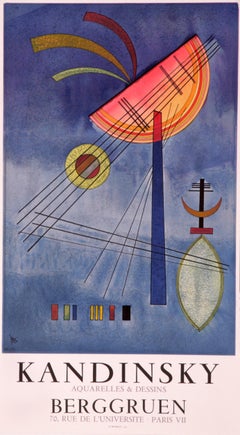Owen Miller Prints and Multiples
Born in Auckland and educated at Wellington College, Owen Miller worked as an artist in New Zealand, working with the Māori people and as an illustrator for a newspaper in Wellington. Finding working life difficult in New Zealand during the depression, he signed on as a deckhand working his passage to the UK. Arriving at the Port of London with £5 to his name, Miller’s first job was an illustrator for J. Lyons & Co., the famous Corner House company. His greatest work there was to decorate the directors’ dining room as an aircraft interior. Following the outbreak of the War, Miller began to work for the Ministry of Aircraft Production in late 1942. When Lord Beaverbrook commenced his term as Minister of Aircraft Production in May 1940, it was an industry beset with problems. Aircraft parts were produced in sufficient numbers, but assembly into flyable aircraft proved more challenging, the Castle Bromwich Spitfire factory had not produced a single completed aircraft by this point. Moreover, the RAF central depots had large supplies of aircraft that had not been issued to squadrons. Once this was all brought under Beaverbrook’s control, aircraft production increased rapidly. During the Battle of Britain, the British production of fighter aircraft was two-and-a-half times that of Germany. Britain had 644 operable fighters at the start of July 1940 when the Battle of Britain began against the German 725. By the end of October 1940, when the German offensive finished, British fighter aircraft had despite significant losses increased to 732 while the Germans were left with just 275. To achieve this great productivity increase, the Ministry was run on informal grounds, few notes were kept, staff members had few formal roles. Essential to the success were motivational posters in the aircraft factories, such as those produced by Miller for the Bayly-Souster commercial art studio in Fleet Street in London for whom he worked. Life as an artist dreaming up fantasy motivational posters could have hidden risks. One poster Miller produced was a stylized airplane without a propeller. Needless to say, the jet engine was Top Secret at that time and he was duly summoned to explain what he knew of it, of course, the answer was nothing. Following the war, he worked for National Savings, while also selling his art both sculpture and paintings.
1940s Modern Owen Miller Prints and Multiples
Lithograph
1950s Modern Owen Miller Prints and Multiples
Lithograph
1940s Modern Owen Miller Prints and Multiples
Lithograph
1940s Modern Owen Miller Prints and Multiples
Lithograph
1950s Modern Owen Miller Prints and Multiples
Lithograph
1990s American Modern Owen Miller Prints and Multiples
Paper, Lithograph
1970s Modern Owen Miller Prints and Multiples
Lithograph
1960s Modern Owen Miller Prints and Multiples
Lithograph
21st Century and Contemporary Modern Owen Miller Prints and Multiples
Lithograph
1950s Modern Owen Miller Prints and Multiples
Lithograph
Late 20th Century Modern Owen Miller Prints and Multiples
Lithograph
1970s Modern Owen Miller Prints and Multiples
Lithograph
Mid-20th Century Modern Owen Miller Prints and Multiples
Lithograph
1970s Modern Owen Miller Prints and Multiples
Lithograph
1950s Modern Owen Miller Prints and Multiples
Lithograph
1990s American Modern Owen Miller Prints and Multiples
Paper, Lithograph
1990s American Modern Owen Miller Prints and Multiples
Paper, Lithograph
1950s Modern Owen Miller Prints and Multiples
Lithograph
1940s Modern Owen Miller Prints and Multiples
Lithograph



